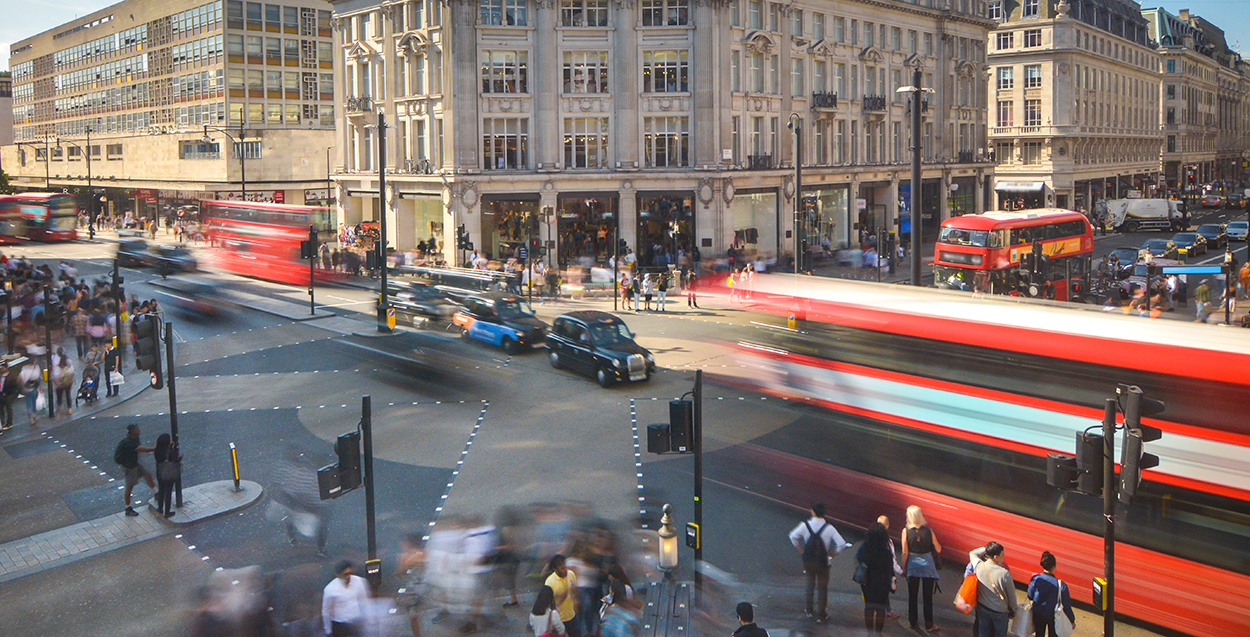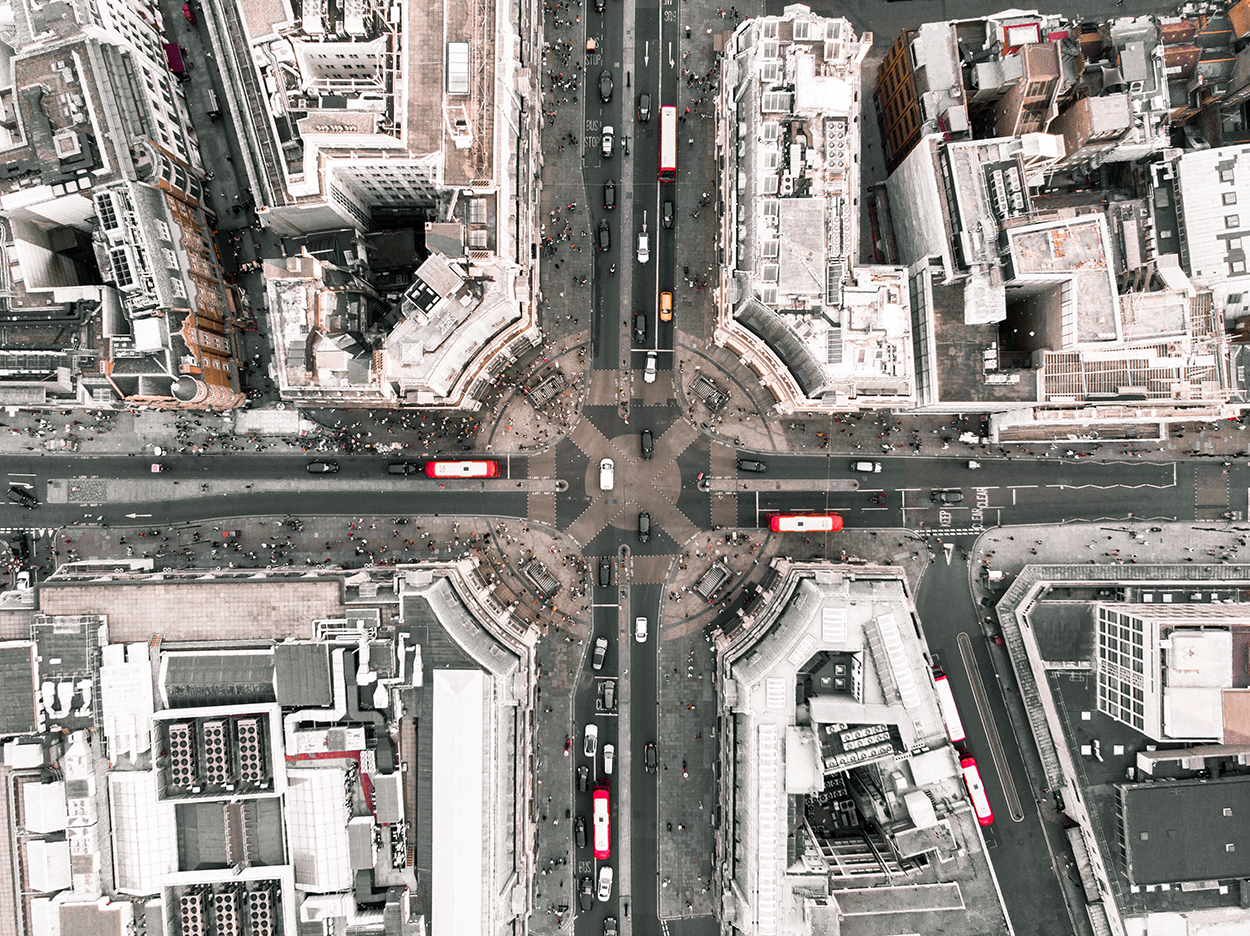
Journalist Phil Baty wrote an interesting recent article entitled How the London melting pot can be the ideas factory of the world. The piece was essentially about research, as well as saying that recent events have been a 'welcome reminder of what can be achieved through collaboration' and how, 'this should give confidence as people look to the challenges of the future – the economic consequences of the pandemic, climate change and the technology revolution.'
These statements are reason enough why we believe London will bounce back from the despair of Covid-19. It may need a little help from a positive-thinking, open-minded, post-Brexit / Covid government, as well as landlords thinking long term rather than short for an immediate bounce back, but London is a city full of entrepreneurs - let them flourish and build a better, more interesting vibrant city.
After the demise of retail giants such as Topshop and Oasis from the high street, what you'll see instead may not be exactly what you envisage. Instead, be on the lookout for start-ups and boutiques for sure, but also more galleries and exhibition spaces, pop-up venues, craft and idea workshops, personal development centres, as well as creative hubs such as multi-disciplinary cafes, bars and restaurants, specialist food shops and delicatessens, and despite cuts for the Arts, theatres. A case in point is our recent work for Boundless Theatre and their pop-up ideas space at Hello Love, Holborn (see below) where, over the course of a few days, they'll hold a host of workshops, talks, music and shows at the venue.
Another feature to recognise is that central London has its highest amount of residential property since the swinging sixties, so it will have to cater for, and service, those choosing to live their home life in the centre of town. This is where the landlord comes in. If they can see the bigger picture, smaller enterprises can make all the difference to the future of London, in fact, to every city and town. It's no secret that revitalisation of an area happens after the artists and smaller, possibly more creative boutiques and 'makers' move in (and let's be honest, then forced to move out again from rent hikes due to the areas increased popularity) – Soho, Brixton, Hackney, Shoreditch, Notting Hill, for example, were hugely creative areas in their time due to cheaper rents which fostered the opportunity for community and artistic experimentation.

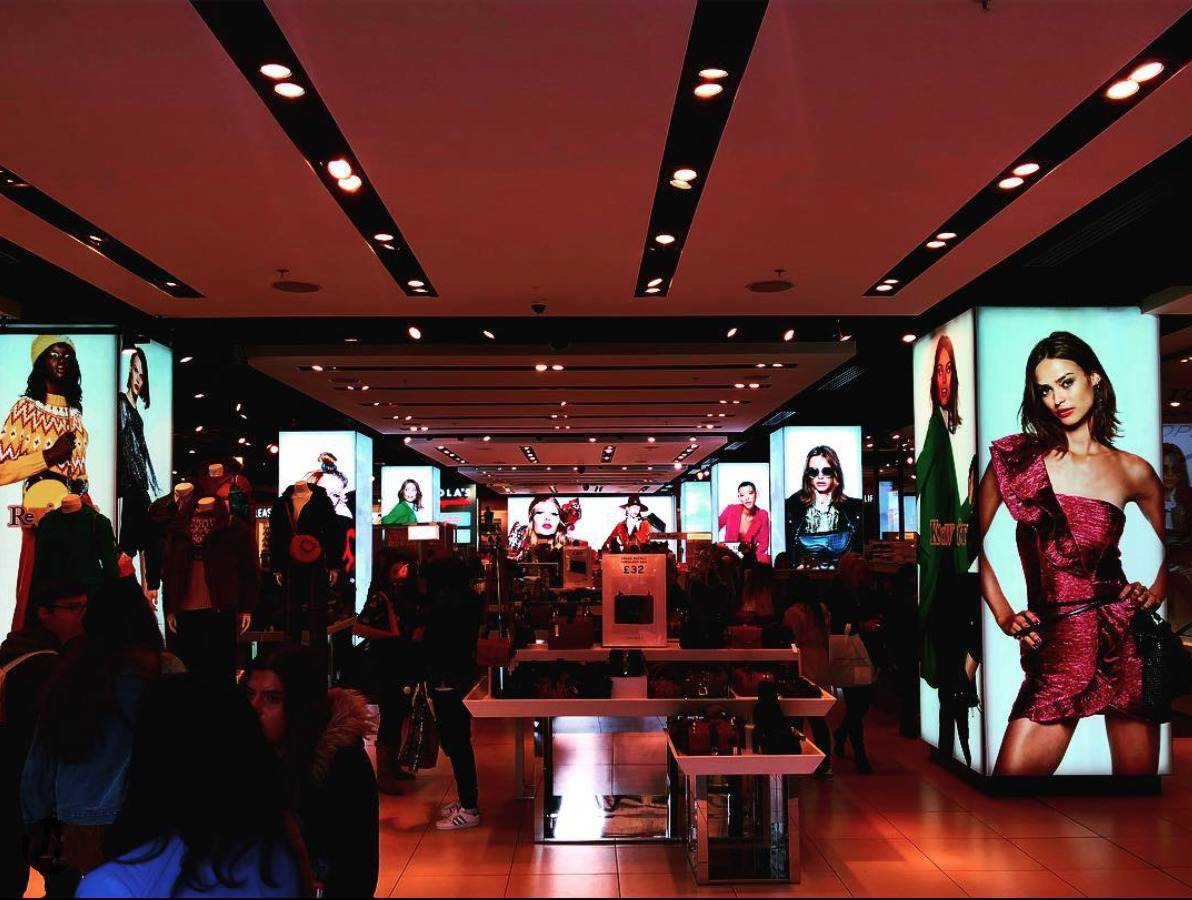
You might say that gentrification follows the artists, and this has certainly played out across other global world cities such as San Francisco, New York, Paris and Berlin, who have all experienced a genuine artistic period during their history and have all seen areas within succumb to becoming desirable neighbourhoods for others thereafter. But it doesn't need to be like this. Oxford and Regent Street and the surrounding neighbourhood of Soho, Fitzrovia, Marylebone, Covent Garden, and perhaps to some lesser degree Mayfair, could all benefit from an influx of new ideas and businesses. These areas are gentrified already but lack much of the creative energy to sustain what the future may hold for W1 and the surrounding postcodes.
Operating from a genuine central London production base continually puts The Graphical Tree in the epicentre of the capital's evolution and renewal, both as a hub and useful resource for businesses, small and large, advertising themselves through innovative and captivating display graphics. We have discovered that our location offers many pluses for our central London clients, as well as for ourselves – you can read about them in our article about the benefits of a central London production studio.
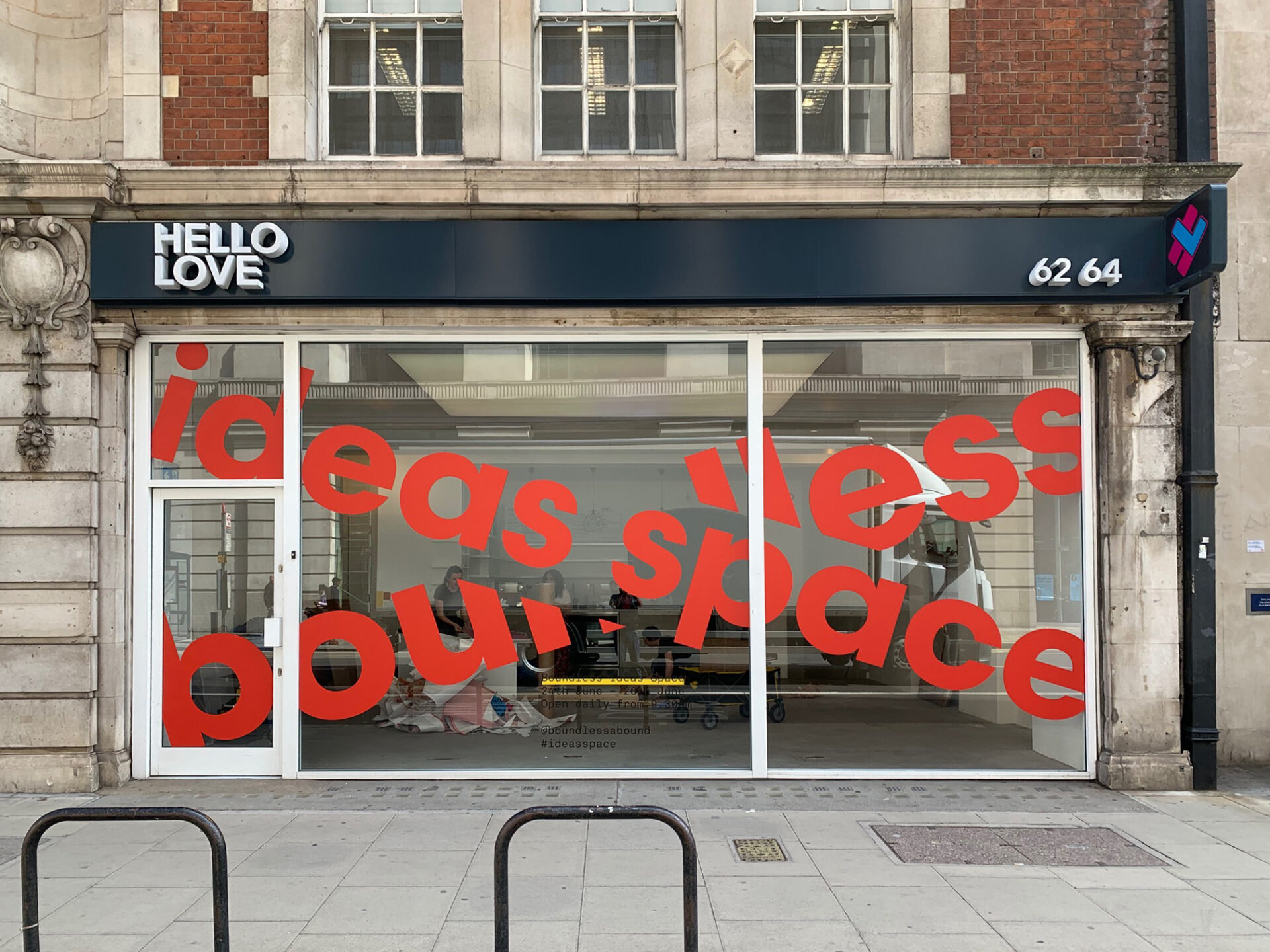
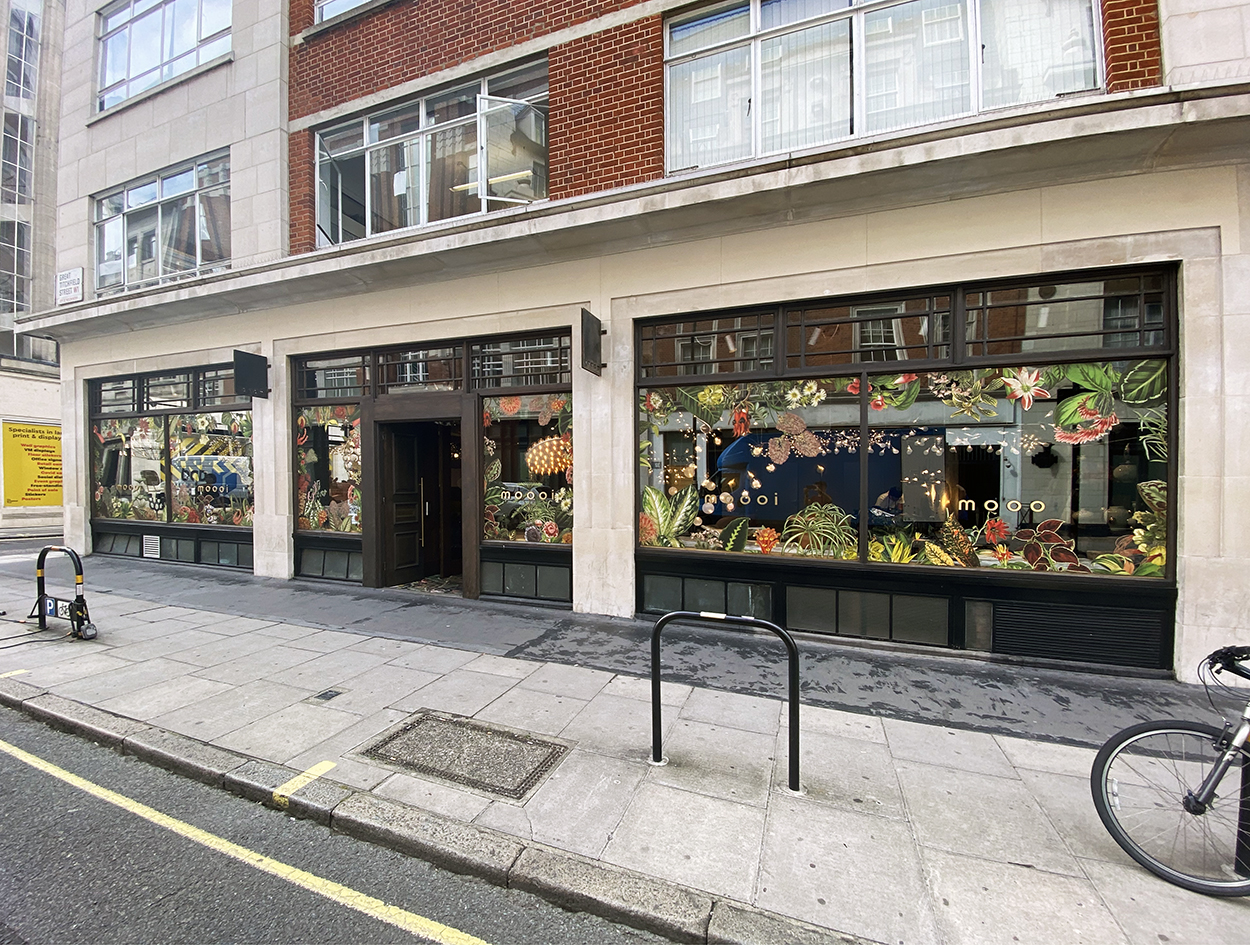
The second point that came from Phil Baty's article relates to R&D, Research & Development. The article states that ‘Research for the National Centre for Universities and Business by Oxford Economics estimates that £17.4 billion more will have to be spent on R&D by the time we get to 2027 than it did in 2017 to meet government R&D targets.
Cities like London are full of ideas and people who can actualise them. It's also a hotbed of knowledge and experience, as well as a willingness to use it to create something interesting and evolutionary.
Some 14 years ago (our anniversary is next week in fact) we took the entrepreneurial leap ourselves. After gaining years of experience within the industry, old school customer service skills, friendly demeanours, and a positive attitude, we knew we had something good, and different, to give to the large format print industry. All print companies looked the same – brands were boring and fitted more into the manufacturing or copy-shop guise rather than the bright, bold, interesting, creative company we had in mind for The Graphical Tree. But we had a vision and set out a plan to create a company we could be proud of. One that looked, felt and acted in a dynamic, interesting, creative and professional manner.
Perhaps you wouldn't expect a print and display company to be undertaking copious amounts of R&D, but you would be surprised. How do become a leader in the field without it? It's almost impossible to push boundaries, offer successful services and get the job done without having an ongoing attitude to the research and development of your products, services, production methods, materials offered, and innovative staff and customer initiatives. And of course, active R&D can help you prepare for change and adaptation when necessary.
We were pushing sustainable print before many others in the industry; introduced a number of staff-friendly practices within our working environment helping balance stresses of a deadline centred industry, and have a few fantastic ideas up our sleeve such as a visitable Print Lab and an exciting offering within the Arts sector.
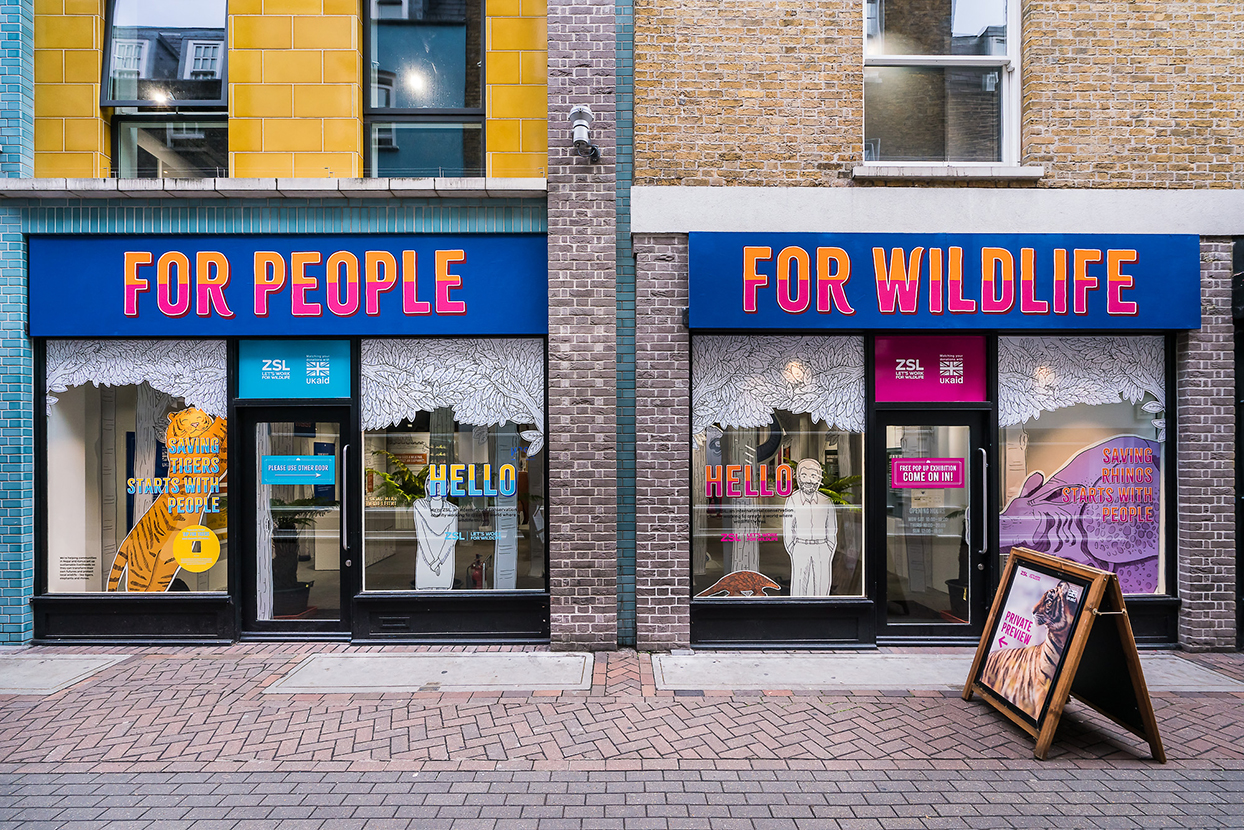
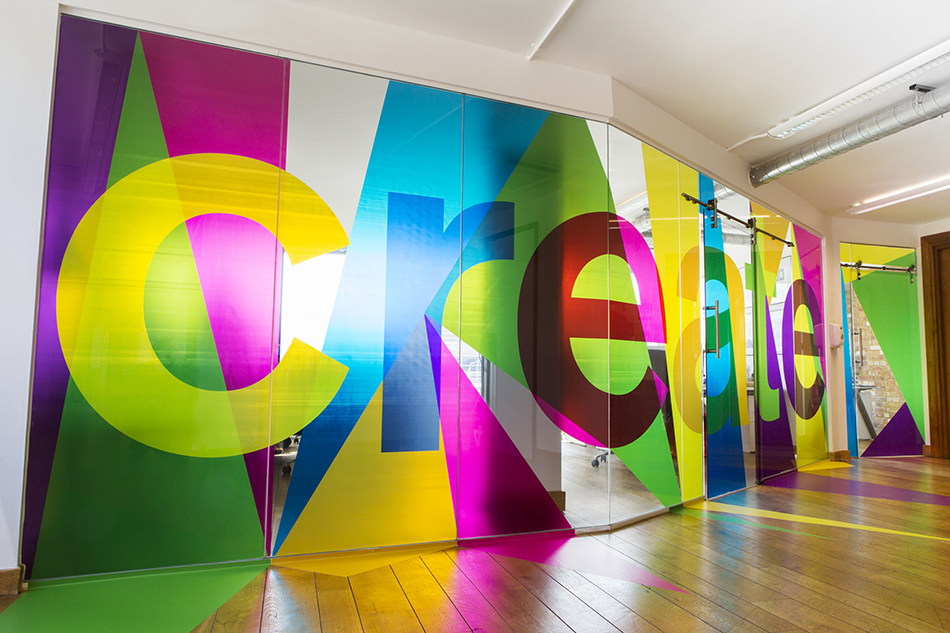
Our sustainable eco print offering could not be realised without an abundance of in-house R&D making sure supplier products all function successfully in a working, in-situ environment – in fact, you'd probably be very surprised exactly how many substrates don't work as they have been described to us – hence the road testing R&D. The continual sourcing, thinking of product upgrades, and relaying of production/installation/customer feedback to material and substrate manufacturers is paramount to the success going forward and the further introduction of sustainable large format print and graphics into the wider economy and culture. It's also one of the reasons why we wanted to be involved with isla, an organisation focused on bringing sustainable best practice to the events industry. Isla's invitation to be a founding partner involved in their Print Panel made perfect sense to us, as it allows The Graphical Tree a platform to converse with our peers and help develop and influence the events industry into becoming a far more sustainable, eco lead sector than it has been. Look out for a free and ground-breaking resource we have been contributing to through our Print Panel discussions soon from isla – it's available from next week. We'll share more details shortly, including how to attend the launch.
As a result, The Graphical Tree likes to consider itself a bastion of ideas and open-minded possibility. If we can develop something to enhance our working practices and working culture, we're sure to listen intently to the concepts being envisaged. We're nothing without ideas on how to grow, improve and ultimately flourish.
If you have anything to share, you're most welcome to drop us a message here. In the meantime, stay curious, and enjoy whatever look London decides to take on. Let's just hope the future London gives social media and it's influencers something really great to shout about.
